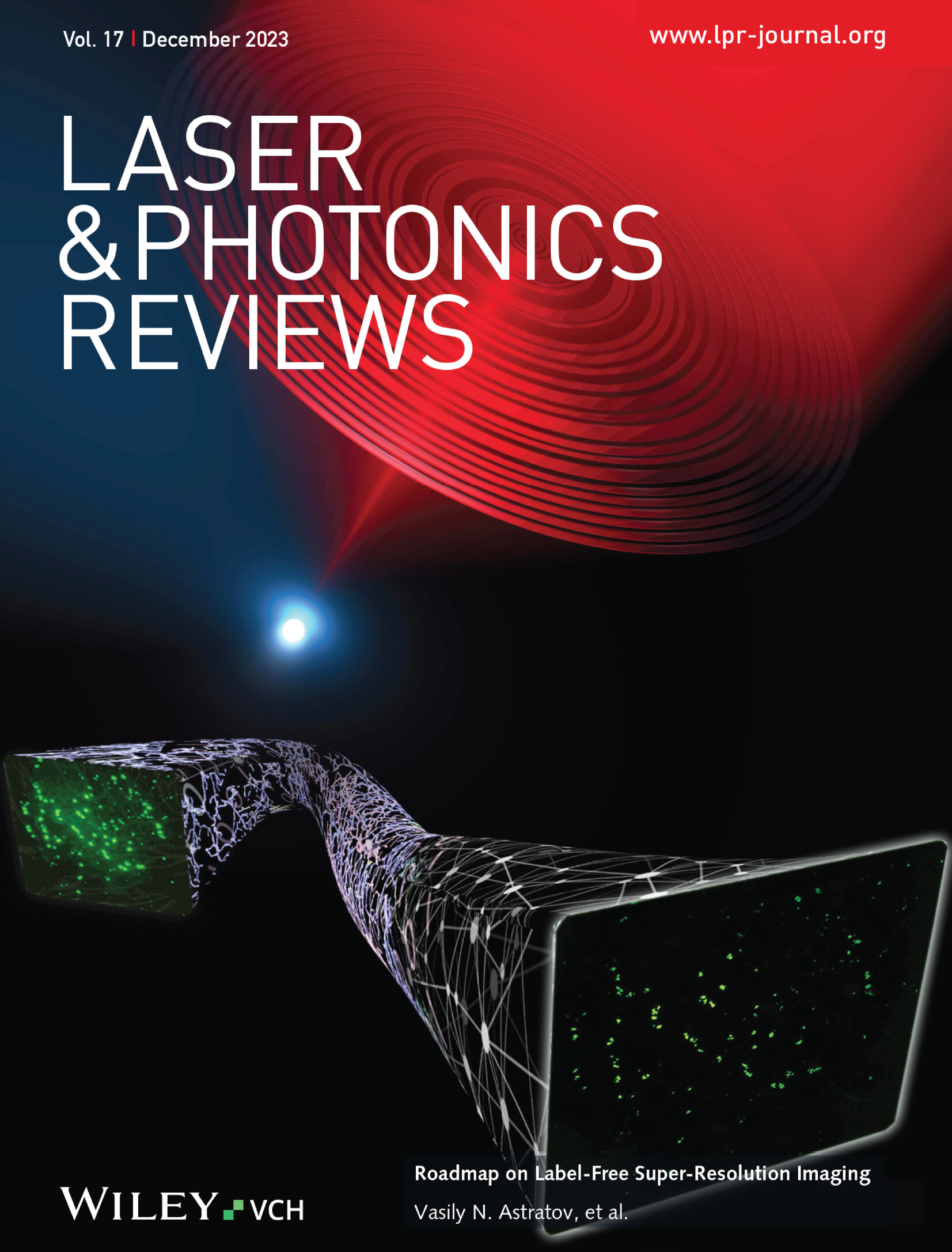使用线性衍射处理器的全光学自动编码器机器学习框架
IF 9.8
1区 物理与天体物理
Q1 OPTICS
引用次数: 0
摘要
衍射深度神经网络(Diffractive deep neural network, D2NN)以其高速和强并行性而闻名,应用于模式识别、图像处理和图像传输等各个领域。然而,现有的网络架构主要关注原始域内的数据表示,对潜在空间的探索有限,从而限制了d2nn的信息挖掘能力和多功能集成。本文提出了一种全光自编码器(OAE)框架,该框架将输入波场线性编码为衍射潜空间(DLS)中的先验形状分布,并将编码模式解码回原始波场。通过利用D2NN的双向复用特性,OAE模型在一个方向上作为编码器,在相反的方向上作为解码器。这些模型应用于三个领域:图像去噪、抗噪声可重构图像分类和图像生成。进行了概念验证实验来验证数值模拟。OAE框架利用了潜在表示的潜力,使单组衍射处理器能够同时实现图像重建、表示和生成。这项工作不仅为光学生成模型的设计提供了新的见解,而且为开发多功能、高度集成和通用的光学智能系统铺平了道路。本文章由计算机程序翻译,如有差异,请以英文原文为准。
All‐Optical Autoencoder Machine Learning Framework Using Linear Diffractive Processors
Diffractive deep neural network (D2 NN), known for its high speed and strong parallelism, is applied across various fields, including pattern recognition, image processing, and image transmission. However, existing network architectures primarily focus on data representation within the original domain, with limited exploration of the latent space, thereby restricting the information mining capabilities and multifunctional integration of D2 NNs. Here, an all‐optical autoencoder (OAE) framework is proposed that linearly encodes the input wavefield into a prior shape distribution in the diffractive latent space (DLS) and decodes the encoded pattern back to the original wavefield. By leveraging the bidirectional multiplexing property of D2 NN, the OAE modelsfunction as encoders in one direction and as decoders in the opposite direction. The models are applied to three areas: image denoising, noise‐resistant reconfigurable image classification, and image generation. Proof‐of‐concept experiments are conducted to validate numerical simulations. The OAE framework exploits the potential of latent representations, enabling single set of diffractive processors to simultaneously achieve image reconstruction, representation, and generation. This work not only offers fresh insights into the design of optical generative models but also paves the way for developing multifunctional, highly integrated, and general optical intelligent systems.
求助全文
通过发布文献求助,成功后即可免费获取论文全文。
去求助
来源期刊
CiteScore
14.20
自引率
5.50%
发文量
314
审稿时长
2 months
期刊介绍:
Laser & Photonics Reviews is a reputable journal that publishes high-quality Reviews, original Research Articles, and Perspectives in the field of photonics and optics. It covers both theoretical and experimental aspects, including recent groundbreaking research, specific advancements, and innovative applications.
As evidence of its impact and recognition, Laser & Photonics Reviews boasts a remarkable 2022 Impact Factor of 11.0, according to the Journal Citation Reports from Clarivate Analytics (2023). Moreover, it holds impressive rankings in the InCites Journal Citation Reports: in 2021, it was ranked 6th out of 101 in the field of Optics, 15th out of 161 in Applied Physics, and 12th out of 69 in Condensed Matter Physics.
The journal uses the ISSN numbers 1863-8880 for print and 1863-8899 for online publications.

 求助内容:
求助内容: 应助结果提醒方式:
应助结果提醒方式:


